It always starts like this, doesn’t it? Once upon a time, there were a bunch of guys sitting around the hangar or the flight school (or maybe at their favorite neighborhood pub) talking flying stories. In this case someone mentioned the smallest airplane ever flown, something Steve Wittman built, and the conversation took off from there, according to the late Ray Stits, who remembered it in a story he dictated for his EAA chapter newsletter in Riverside, California, a few years ago.
“It was Kellogg Field in Battle Creek, Michigan, in the summer of 1948,” he said. “I was maintaining the Battle Creek Flying School aircraft and performing repairs and modifications on a wide range of other airplanes. After everyone offered their opinion, I asked a rhetorical question: ‘If I was to build an aircraft with a 10-foot 10-inch wingspan, and a 10-foot 10-inch fuselage, would it be the world’s smallest airplane?’ One self-proclaimed aviation expert said, ‘Stits, you can’t do it!’ and that was all the incentive I needed to finally start an aircraft project I’d long thought about building.”
And that’s how Ray Stits, an icon of the U.S. aircraft homebuilding and kit industry, started his first original homebuilding project.
Junior
Stits dubbed his design Junior. The little beast was built up around an Aeronca E-113C, a two-cylinder, horizontally opposed, single-ignition powerplant rated at 40 horsepower. It was a little CG sensitive, according to its designer. Actually, there was a bigger problem. Junior was in fact too small for Stits, a private pilot, to fly. He found someone just the right size (120 pounds) and diminutive enough to squish into the 15-inch wide cockpit, but, in hindsight, Stits thought maybe the guy didn’t have the skills he needed to safely pilot the tiny low-wing craft through its first forays into the air.
Then again, maybe the bird was all that squirrelly. Stits wouldn’t name the pilot—he did say that after getting the craft airborne to a height of 10 feet, the pilot dropped it in hard enough that it required a rebuild. A redesign and re-engining came with it.
This time he used a 65-hp Continental engine. “The heavier engine moved the center of gravity forward, raising the maximum pilot weight to 170 pounds, but this required a 35-pound sack of small rocks to be put in the seat as ballast to prevent nosing over when the pilot stepped out,” Stits remembered. Why’d he do that? There’s always a reason. “I didn’t want to move the landing gear forward because it was in the right location with the pilot seated,” he said.
This time Junior flew three or four times before the pilot (someone new) crumpled it. Interestingly, Stits actually shortened the wingspan to 8 feet 10 inches on the next incarnation. You would think that would have made it even tougher to fly, but shortly thereafter, he got it certified by the then CAA as an amateur-built airplane, and found pilot Bob Starr, who was the right size and owned the right skill set for flying Junior in airshows around the country. After all, Stits had redesigned the thing several times now; he had a lot of work in Junior and it was time to show it off!
In January 1950 Starr flew Junior in the Miami All American Air Maneuvers airshow at Opa-Locka, Florida, which resulted in worldwide publicity and many requests for the airplane’s blueprints. Stits saw a ready market. He considered maybe even dabbling in kitting an airplane, but he figured it should be something a little bigger and easier to fly than Junior. After all, most pilots weren’t airshow quality, like Starr.
Playboy
“In the summer of 1950, I started laying out the basic design for a new aircraft,” Stits said. Then he moved his family back to Arizona, where he was originally from and where there was good work for an aircraft mechanic with his skills. “By the time I moved to Tucson, the new sport plane design work was complete.”
Stits named it the Playboy. In the process of foraging for materials, he discovered that the good stuff, aircraft-quality materials such as 4130 chrome-moly tubing, aircraft-grade spruce, plywood, and hardware, all had to be shipped from Los Angeles on special order because there were no aircraft material distributors in Tucson.
He decided that he was going to have to move again. After researching suitable locations near the main shipping routes, he settled on Riverside, California, about 50 miles east of Los Angeles. A little more digging around led him to West Riverside Airport, which became today’s Flabob Airport. What he found there was a rundown hangar with no doors that could be fixed up and rented for $15.00 a month. He eventually took a night job with Pacific Airmotive Corporation in Chino, leaving him days for working on his projects. Junior had been wrecked again (carb icing this time) and he laid the Playboy project aside temporarily to develop an even smaller airplane, this time a biplane, for his little cash cow, airshow flying.
Sky Baby
The Sky Baby was born in 1952. “To reduce the distance the pilot sits aft of the wing’s center of lift, I moved the seat forward with the rudder pedals on each side of the well-baffled carburetor,” Stits remembered. “I also decided to avoid a repeat of the carburetor icing problem by installing a second engine primer to inject isopropyl alcohol into the carburetor air box to melt any ice.”
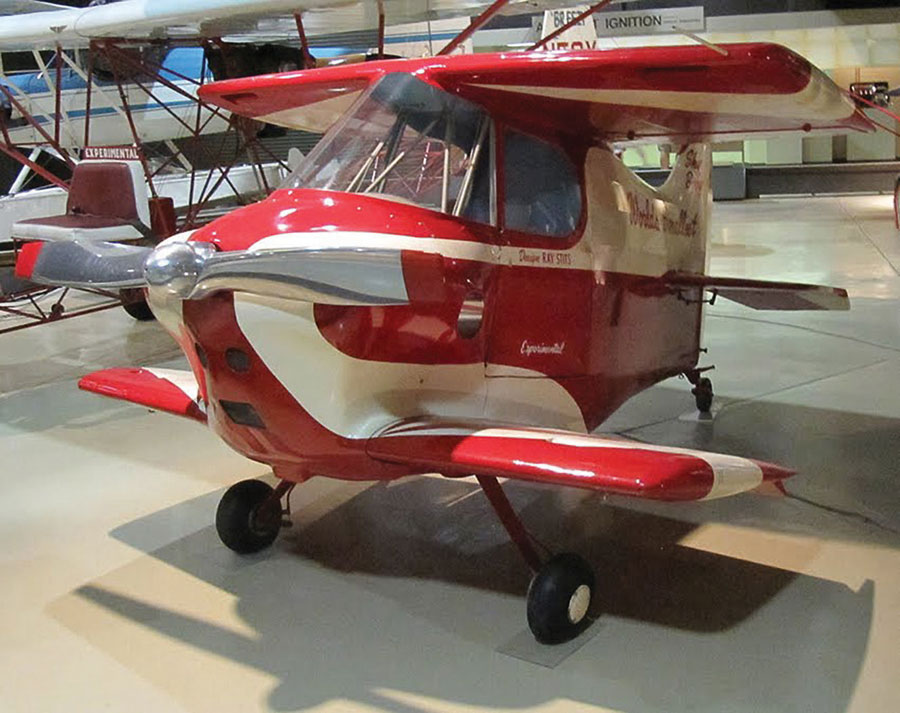
The Stits Sky Baby held the record for world’s smallest manned aircraft. It flew for just 25 hours before being donated to the Smithsonian National Air and Space Museum.
Bob Starr agreed to help build the biplane and fly it in airshows. They bought a run-out C85-8 Continental for $400 and overhauled it. Stits upgraded it to the Continental racing engine specifications of 112 hp at 3600 rpm. Originally the Sky Baby was built to handle Stits’ heft, but a landing gear retrofit reduced the useable load such that Stits again outweighed his own design’s specifications. Starr would have to fly it. Sky Baby was issued an Experimental airworthiness certificate on June 25, 1952, and flew numerous demonstration flights for newsreels and magazines, along with a couple airshows that season before being retired with just 25 hours on the airframe in October that same year. Stits had made his point, and to this day, the airplane stands as a representation of miniaturized manned flight for the Smithsonian National Air and Space Museum in Washington, D.C. You might have seen it when it was on long-term loan to EAA’s museum in Oshkosh, Wisconsin.
Stits resisted requests for plans to Sky Baby, insisting that his Playboy design would be much better for the average pilot to fly. He went back to work, determined to produce the airplane. It was around this time, 1953, that Stits found out about Paul Poberezny’s efforts to create an organization for homebuilders. Stits thought it was a good idea, and suggested he could pull together a group of builders in California. Somehow or other, the idea of “chapters” came up in conversation between the two men. Given the distance between Wisconsin and California, the concept made sense. Bylaws were amended, and local chapters were created. Stits became EAA member 136, but the Flabob Airport chapter of EAA is known as Chapter 1 to this day.
More Designs
By the early 1960s, Stits’ Playboy design matured into a real airplane with marketable plans, and Stits, sitting right on the aircraft parts supply line and very active in his EAA chapter, got into the business of selling not just plans, but also the parts that builders needed to complete their dream aircraft.
He created a two-place Playboy, responding to his buyer’s demands. The Playboy also evolved into the single-place and two-place tandem Flut-R-Bug, which was followed by a side-by-side version just a year later. (About 15 years later, a skinny kid from Oregon named VanGrunsven was messing around improving his own Stits Playboy and, according to the history on Van’s Aircraft web site, that inspired him to design and build something called an RV-1. This is not something Stits ever said. But look at the airplanes and you decide.)
Those early designs were all low-wing aircraft, but Stits was not a one-trick pony. He created his Skycoupe, a high-wing two-place design in 1955, as well.
When asked, during his EAA Timeless Voices of Aviation interview, Stits recalled the process that eventually resulted in the certification of a much heavier Skycoupe in the 1960s. He claimed he was talked into the process, which absorbed plenty of hard-earned cash and ultimately resulted in an airplane he was not impressed by, and which was not a market success.
Fortunately, selling aircraft parts to both homebuilders and certified aircraft mechanics was a profitable business. Or at least it appeared to be (more on that coming up). Being a builder, designer, and inventor of sorts, Stits was never one to leave well enough alone. He noted an EAA challenge to design a trailerable, folding-wing airplane, and not long after, the Stits Playmate, a low-wing tricycle-gear monoplane with folding wings was born.
Poly-Fiber
In 1961 Stits was disposing of some scrap aircraft covering off an airplane he was redesigning by burning it in his backyard. He leaned over to light it off and was immediately flash burned as the dope on linen material exploded in his face.
That was a wake up call. With the Playmate designed to be “hangared” in people’s garages, Stits thought, wow, I’ve got to come up with a better idea for a covering material. “I had no idea that stuff was so flammable!” he exclaimed.
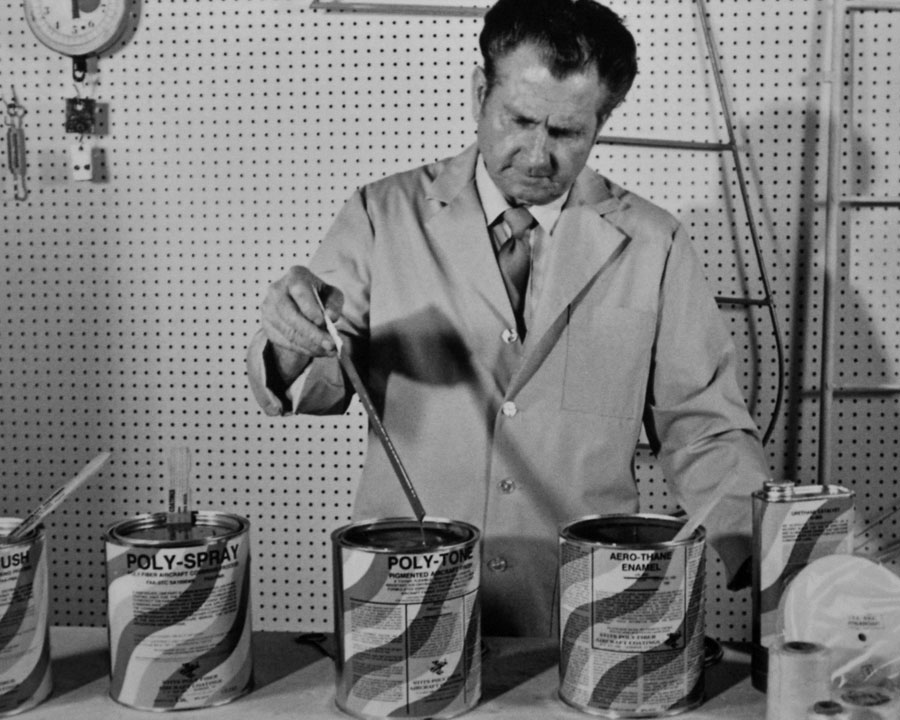
Stits retooled himself as a chemist to create the Poly-Fiber system in the 1960s. He wanted to make his airplanes’ covering non-flammable.
For the next couple of years, Stits was a man with a mission. He became an experimental chemist in his quest to find new, lightweight, non-flammable materials, solvents, and pigments that were affordable and obtainable (not to mention eminently useable) for aircraft homebuilders. Four years later Stits certified his Poly-Fiber materials and process, allowing it to be used on both Experimental aircraft and STC’d for certified aircraft.
By 1971 the Poly-Fiber business was good. So good, in fact, that Stits gave up supplying parts in favor of concentrating on coverings. It was a strategic move that paid off. By the time Stits sold the coverings business to Jon Goldenbaum in 1992, it paid for a comfortable retirement. Goldenbaum has since expanded to provide several different types of aircraft covering, but in webinar after webinar, he swears by the Poly-Fiber process as one of the simplest and most durable for the aircraft homebuilder.
The last couple of decades of Stits’ life were full of flying for fun and philanthropy. He volunteered as part of EAA’s Young Eagles project and is credited with flying 1988 kids himself. He was also involved with Tom Wathen’s educational projects, which include an aviation-themed public high school right on the airport at Flabob. He was honored late in life with both the FAA’s Master Pilot and Charles Taylor Master Mechanic Awards, among many other awards, and enjoyed flying his airplanes, which included a Cessna 162, well-into his 90s.
Stits passed away of natural causes on June 8, 2015, less than two weeks shy of his 94th birthday. The airport isn’t the same without him, if you ask members of EAA Chapter 1. With a legacy of 15 separate aircraft designs, high-wing, bi-wing, low-wing, ultralight and certified, plus the development of the Poly-Fiber process, Ray Stits left an indelible, positive mark on light aviation worldwide.


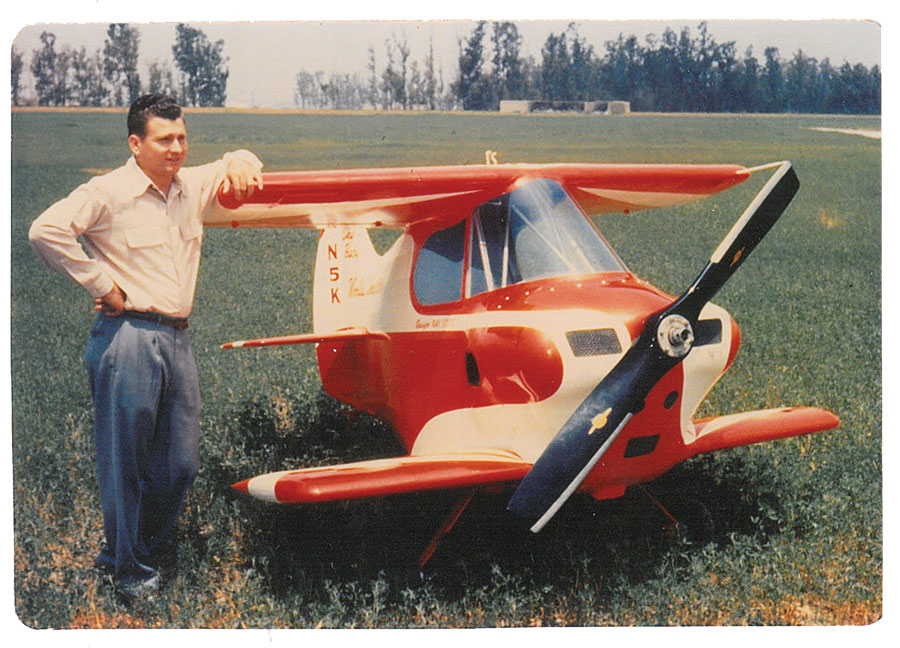
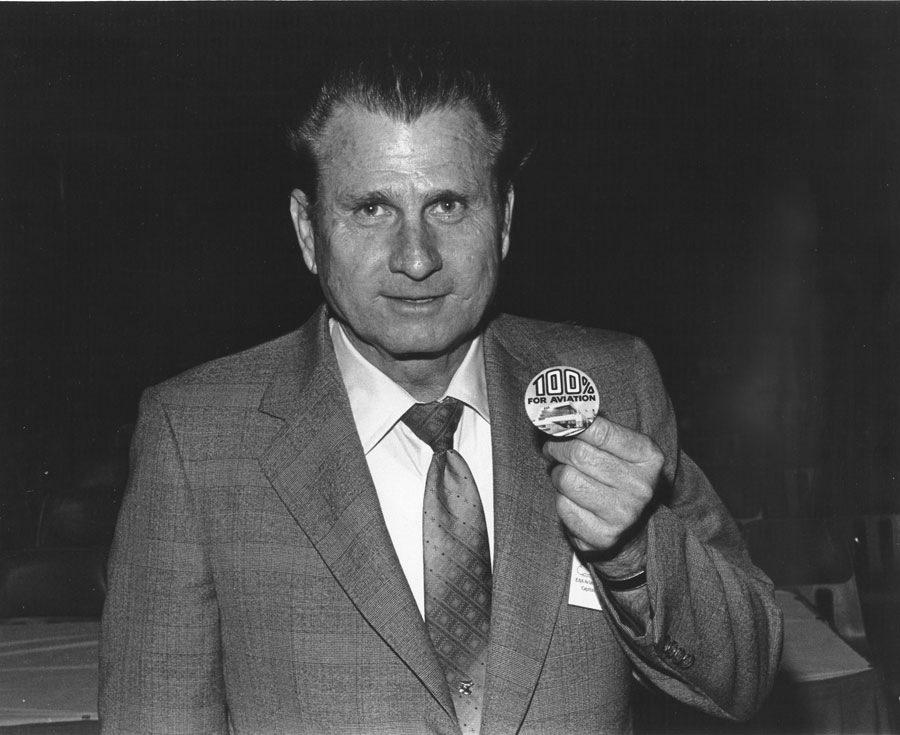

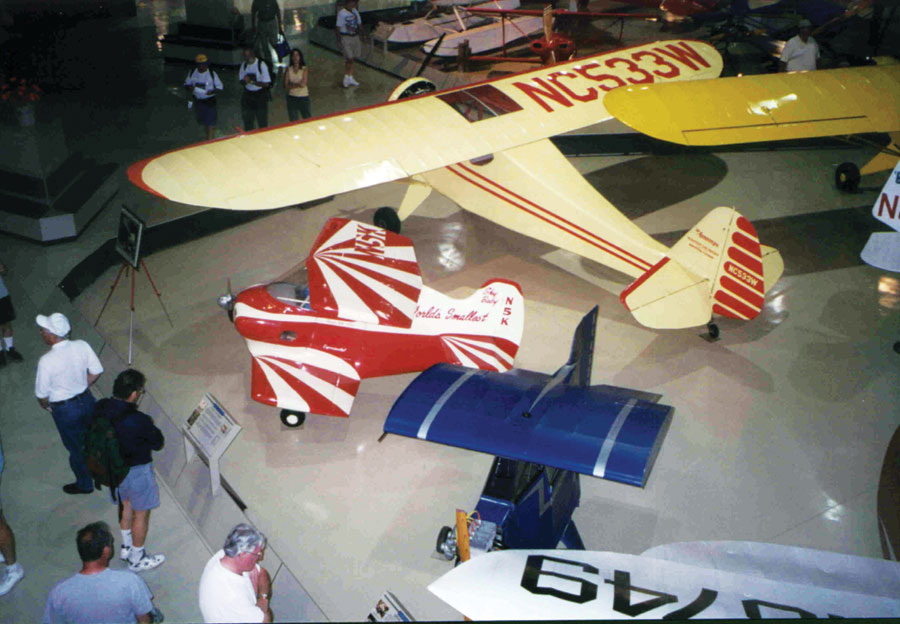

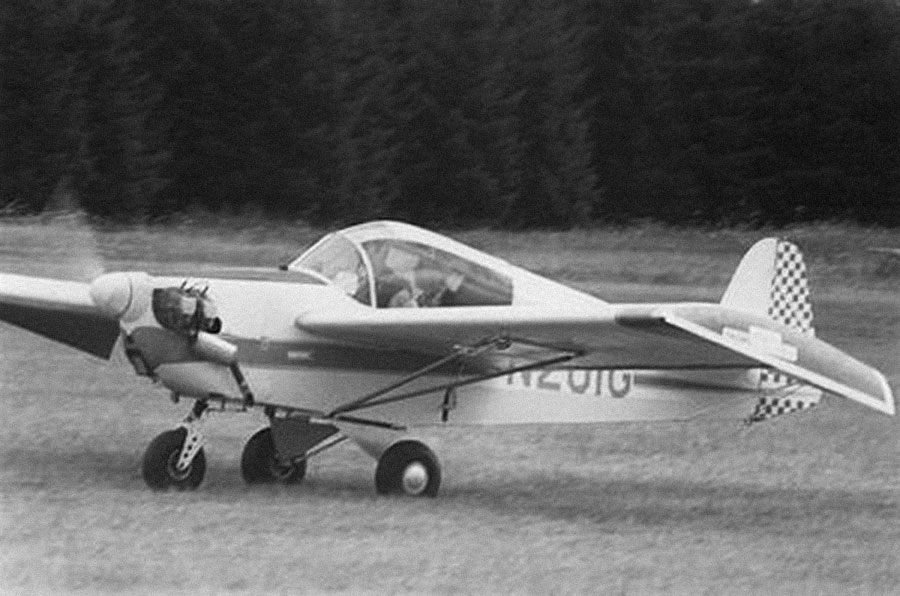

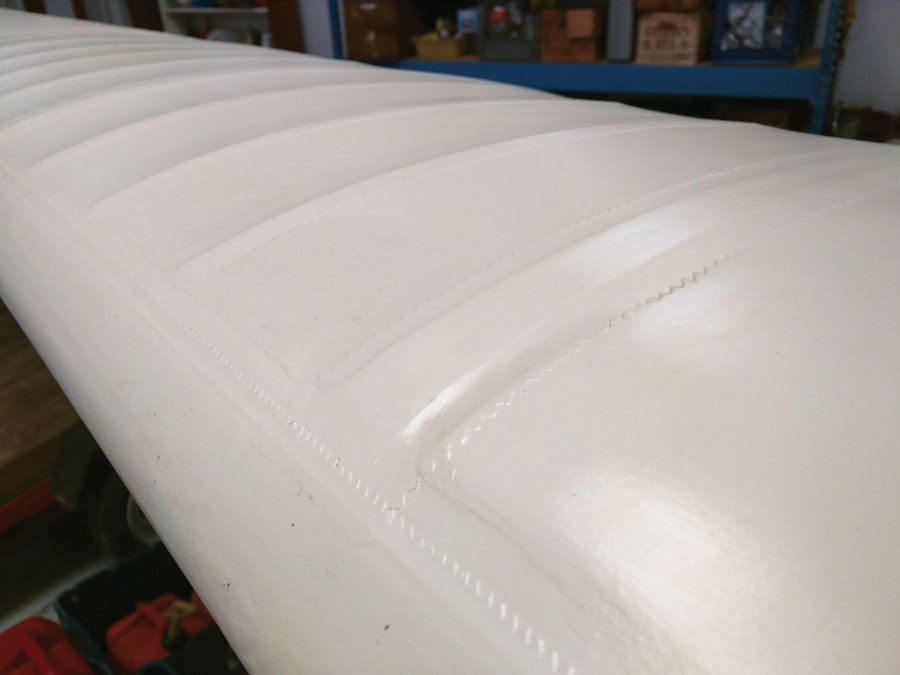
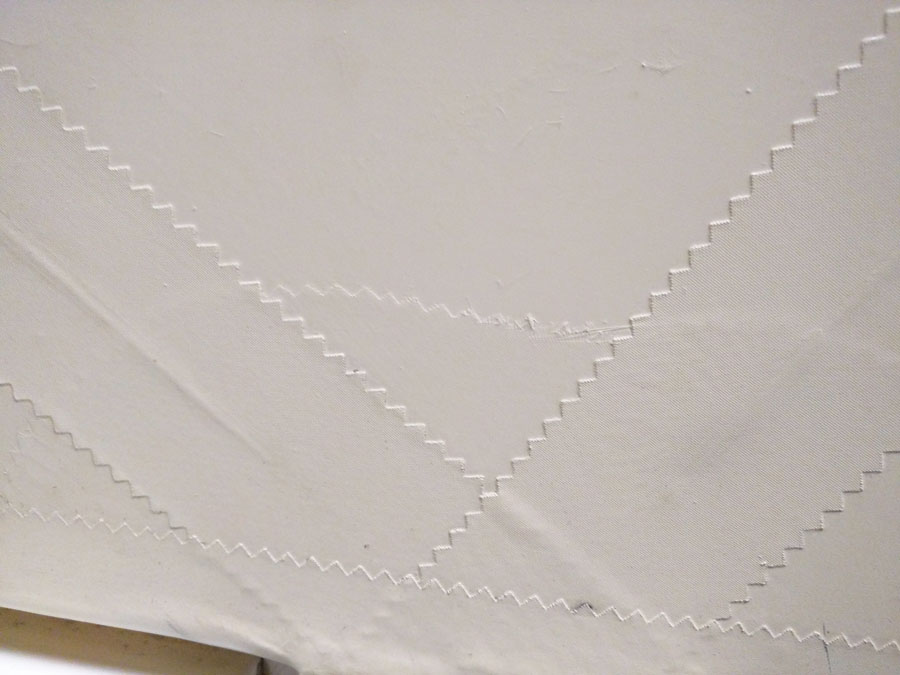
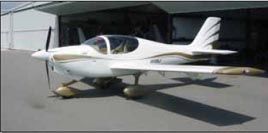
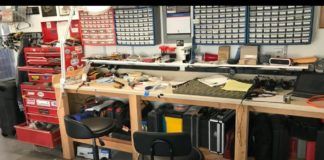
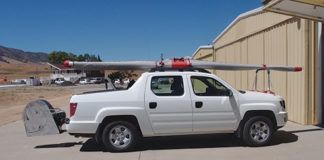
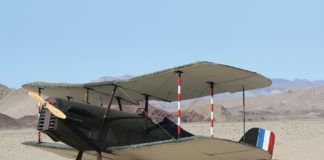
Excellent story. Used to hang out at Flabob airport.